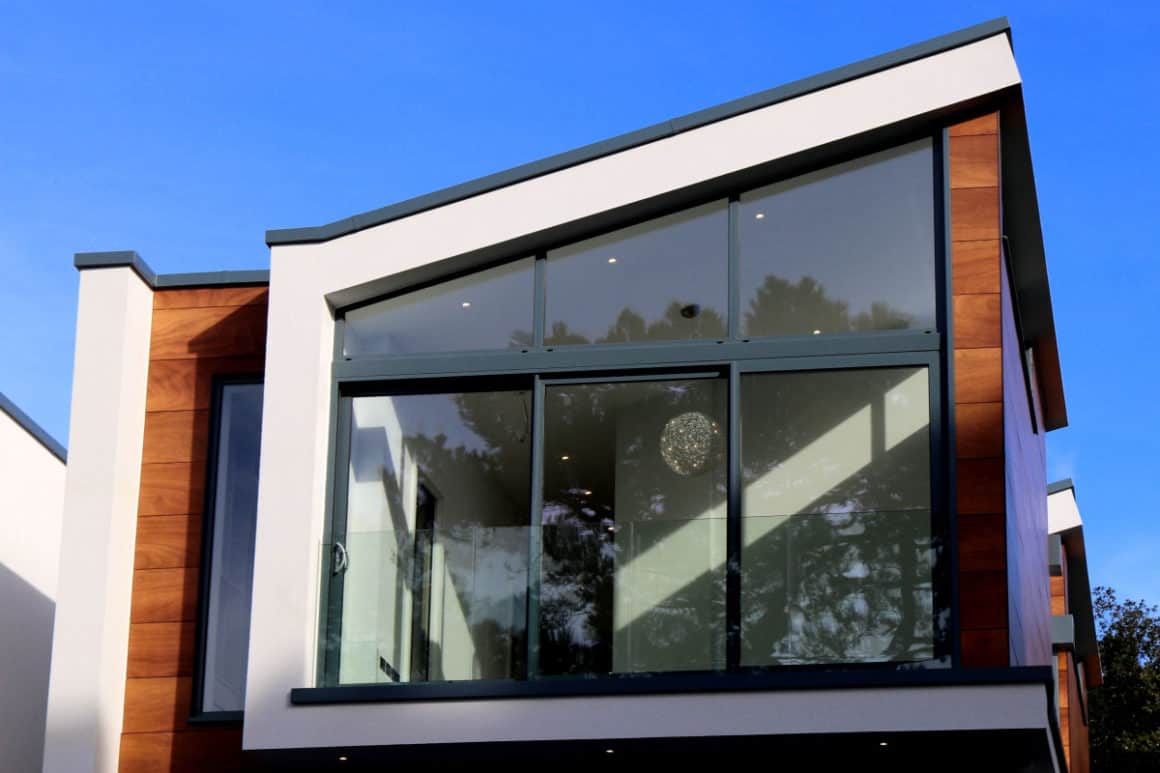During his statement to the House of Commons in July, the Chancellor of the Exchequer, Rishi Sunak, said that there would be a stamp duty holiday that would come into force with immediate effect. In fact, it is not quite as simple as that because stamp duty is a devolved matter in Scotland and Wales. So, what is going on and how will it affect people who plan to move in the coming months? Read on to find out.

Firstly, it should be said that the announcement made by the chancellor was not entirely unexpected. Lobbyists had been arguing for an emergency measure to help stimulate the property market from the start of the UK’s lockdown period in March. Many commentators had expected Sunak to make a move on stamp duty but it had been widely predicted that this would occur during the autumn budget. His announcement has therefore caught some homeowners off guard.
What you need to know about the so-called stamp duty holiday and how it will affect you.
To begin with, the chancellor’s statement will not impact on the stamp duty that applies in either Scotland or Wales. In England and Northern Ireland Stamp Duty Land Tax (SDLT) is applied to residential purchases above a certain level. In Scotland, a levy known as Land and Buildings Transaction Tax (LBTT) applies while in Wales Land Transaction Tax (LTT) is levied. The announcement only apples to SDLT, not to LBTT or LTT. Only the devolved authorities in Scotland and Wales can change the rules that affect them.
Buying property in Wales or Scotland?

To put it simply, if you are planning on buying a property in Wales or Scotland, then – as it stands – the same stamp duty will apply. In other words, there is no stamp duty holiday in either place. However, the term stamp duty holiday, as it applies to English and Northern Irish properties, is itself a little misleading. This is because SDLT will continue to apply for certain properties. It all comes down to the various thresholds that have historically applied.
SDLT Threshold
Up until Sunak’s announcement, SDLT was due on properties valued at £125,000 or more. In other words, if you bought a flat for £124,999, then you have never had to pay stamp duty on it in England and Northern Ireland. This is called the threshold level when the tax begins to apply. What the chancellor has done is to raise this threshold. As of 8th March 2020, the SDLT threshold is set at £500,000. In other words, you can now buy a home valued at £499,999 without having to factor in stamp duty.
Finalise house purchased by March 2021

On the other hand, SDLT will continue to apply for house purchases that are sold for over half a million pounds. Importantly, the new threshold will continue to apply until the end of the current financial year. Therefore, if you want to take advantage of the new arrangement, you will have to finalise your house purchase by the end of March 2021.
The average cost of a house in England is £248,000. If you were to purchase an averagely priced house under the old rules, then you would expect to have to send £2,460 to HM Treasury to complete the deal. Since this sum is well below the new threshold, all of that money can be saved by the purchaser concerned. According to the chancellor, the average stamp duty receipt the government will expect for the remainder of 2020-21 will fall by £4,500. Speaking at the despatch box, Rishi Sunak said that approximately nine out of ten people purchasing their main residence will pay no stamp duty at all this year.
Second home purchases
It is also worth pointing out that this new threshold also stands for people who are buying a second home as well as buy-to-let landlords. In fairness, both of these categories of the buyer have had to pay an additional three per cent SDLT on the whole of the purchase price of their property. This three per cent tax levy will remain under the new arrangements but the new threshold will still result in significant savings for landlords and second homeowners.
Calculating SDLT

Finally, it is worth looking at how much you might have to pay if you buy a property that is valued above the new lower rate threshold. Any home that was sold for less than £925,000 under the old system was subject to SDLT at the lower rate as well as the next rate up. That would have been nothing for the first £125,000 and £2,500 SDLT for the next £125,000, worked out at the rate of two per cent. For the remaining £650,000 of the purchase price, SDLT would have been calculated at five per cent, or £33,750. This would have constituted a total stamp duty bill of £36,250.
Under the new arrangements, SDLT is calculated at 5 per cent of the sum above £500,000 only. According to Yopa’s stamp duty calculator, that means instead of paying £36,250 SDLT for a £925,000 property, your stamp duty bill will now be £21,250 – a considerable saving!

